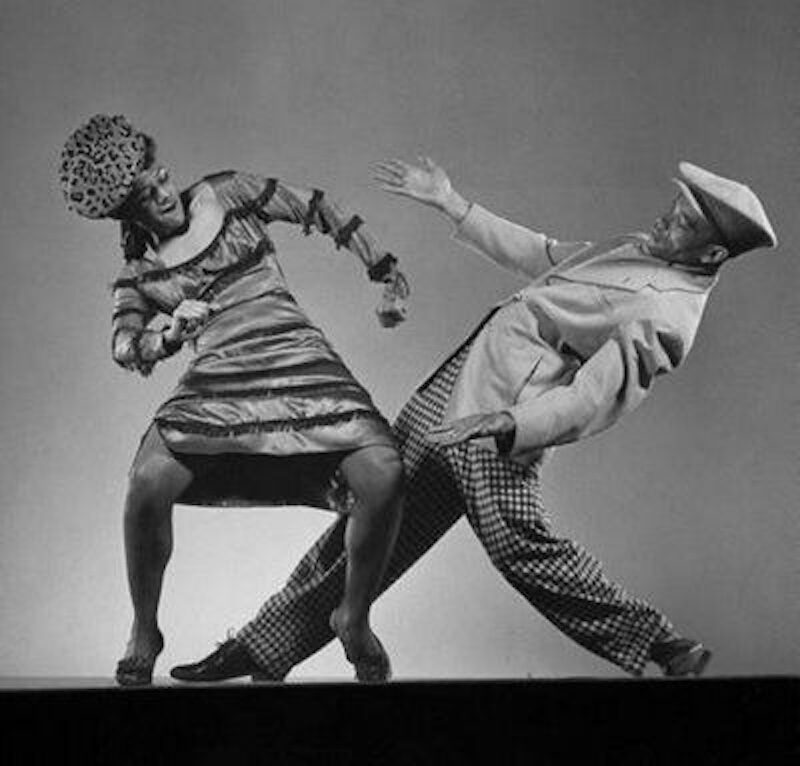While much of Blues tradition is channelled through song, the body carries its own stories. Sandra Gibson embodies that truth in every step.
Born Mildred Pollard in 1919 in Atlanta, she launched her career as a Lindy Hopper, earning the nickname “Boogie.” In 1937, she joined Whitey’s Lindy Hoppers, performing alongside Al Minns, with whom she won the 1938 Harvest Moon Ball. Together, they introduced the iconic “shake-the-change” move featured in Hellzapoppin’. Transitioning into solo performance, she adopted the name Sandra Gibson, exploring exotic Blues dance and stand-up comedy. Her artistry struck a new chord, grounded, sensual, and bold.
Gibson later appeared in The Spirit Moves, filmed throughout the 1940s to 1950. Captured during the documentary’s studio and Savoy Ballroom scenes, she is showcased in Blues and funky-jazz improvisations at the Jazz Cultural Theatre. Her performance is steeped in Blues aesthetics—her movements slow and grounded, weighted through the hips and spine. She doesn’t just dance to music; she inhabits it, expressing expressive, feminine embodiment rooted in African-American social dance traditions.Through her career, from Lindy Hop to Blues idiom improvisation to comedy, Sandra Gibson exemplifies artistic fluidity, resilience, and spiritual depth. Her portrayal in The Spirit Moves remains one of the rare surviving visual documents of Blues-inspired dance.
This article was written by Eda Ozdek for Blues Remix, 2025

